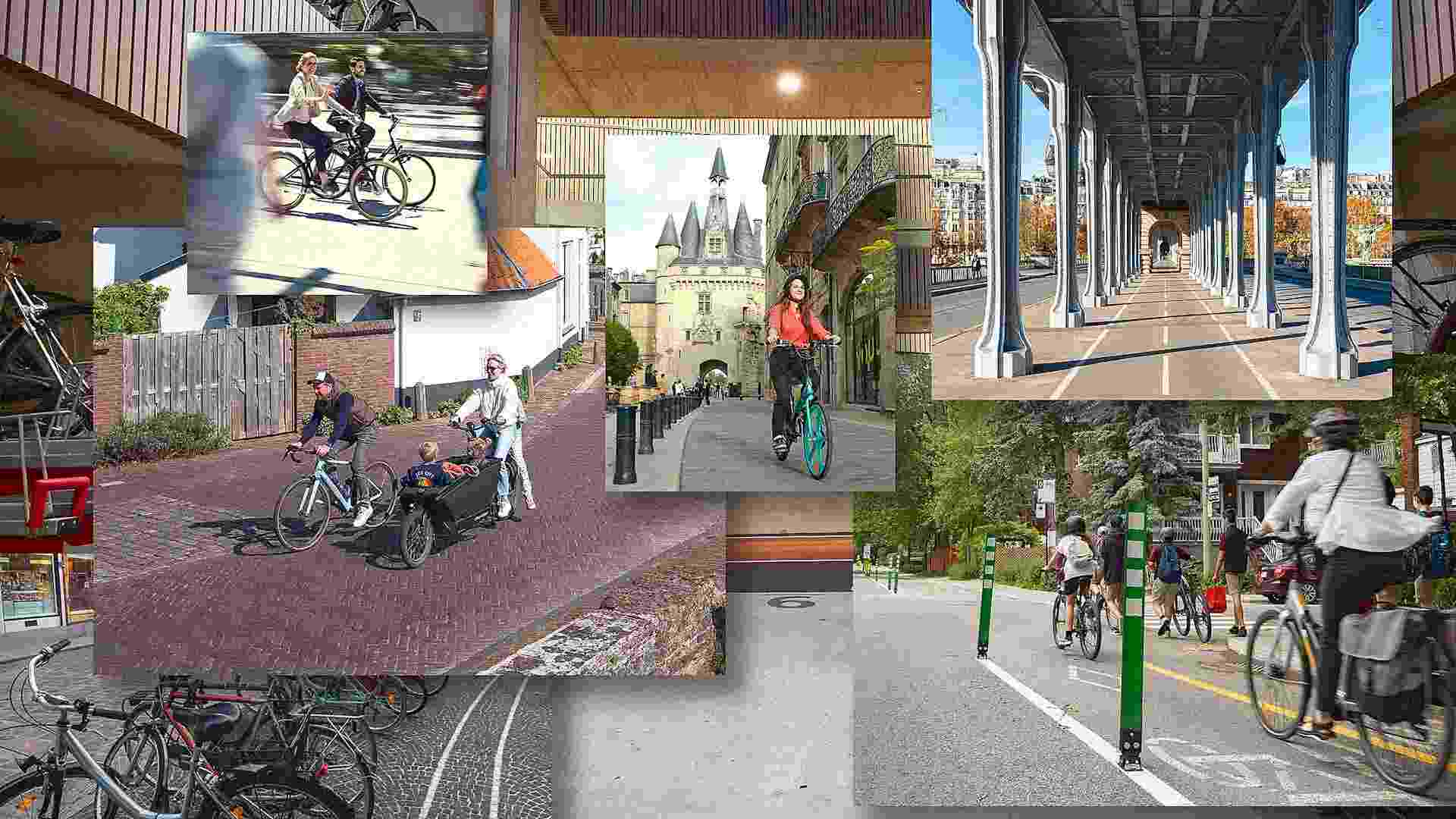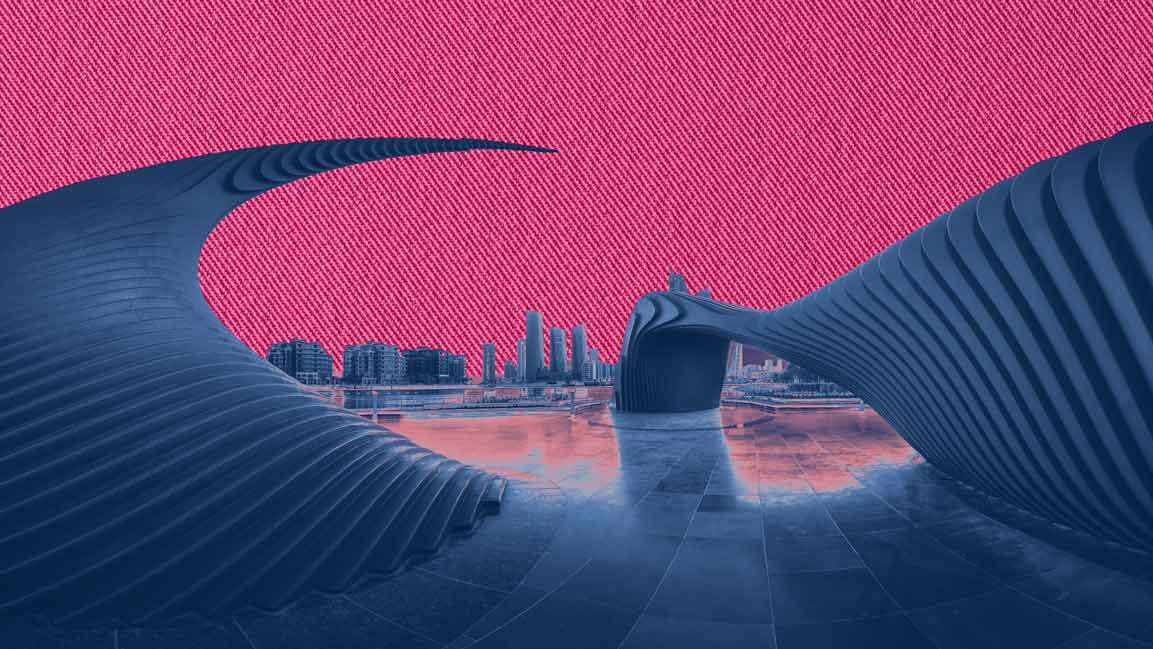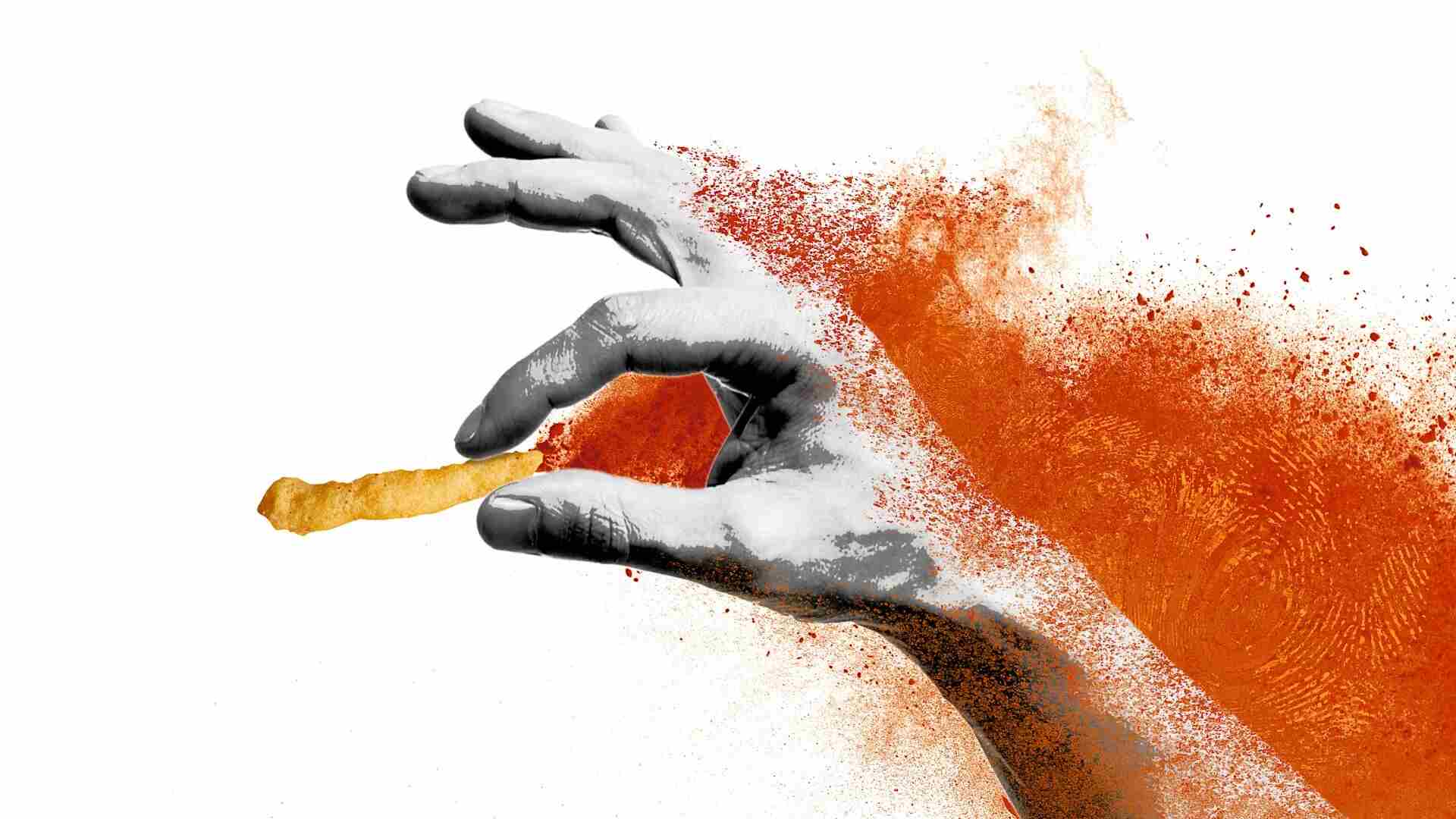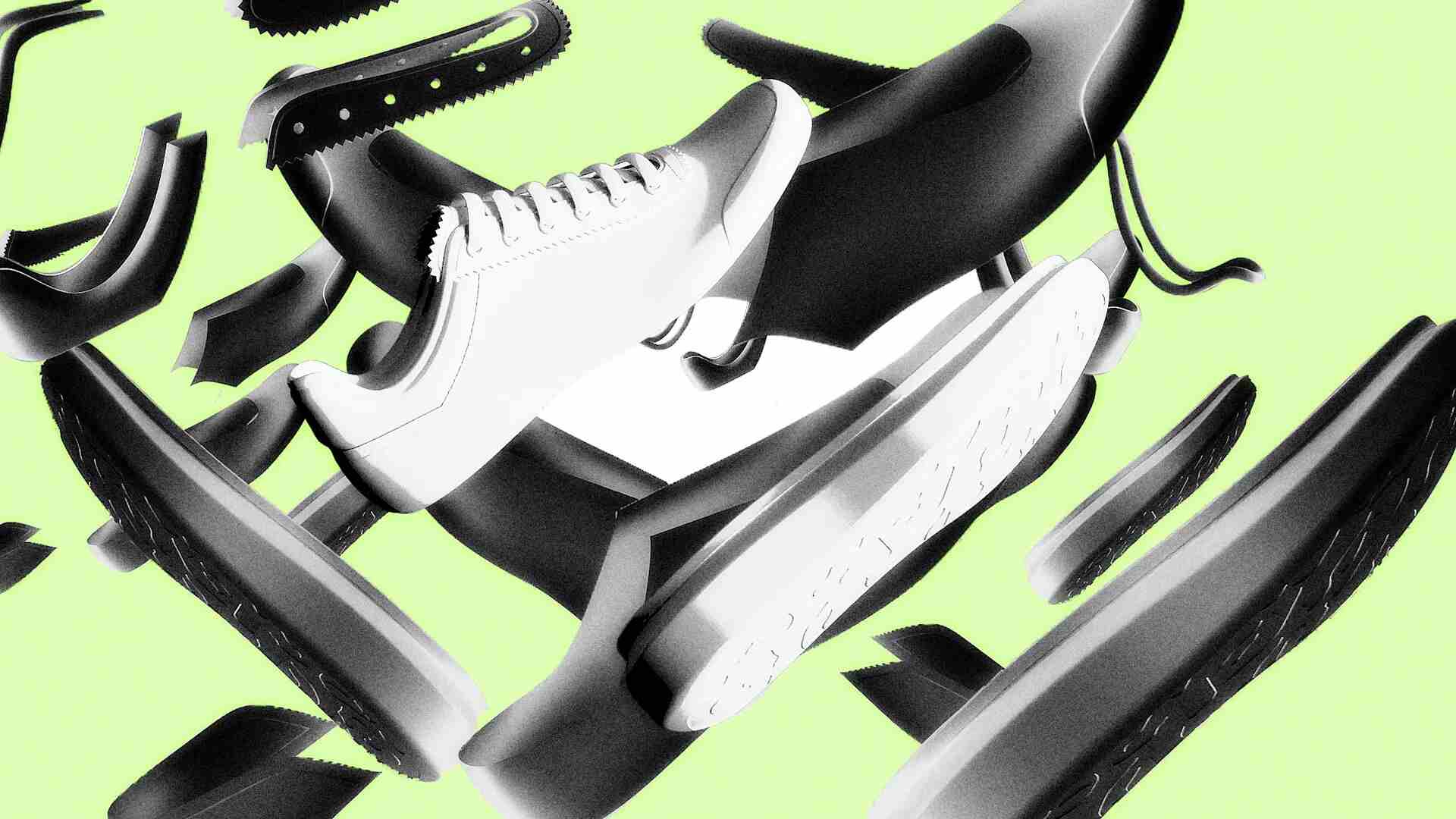- | 8:00 am
This genius app idea will tell you which menu options are better for the environment
Is a roast beef sandwich more sustainable than an avocado toast?
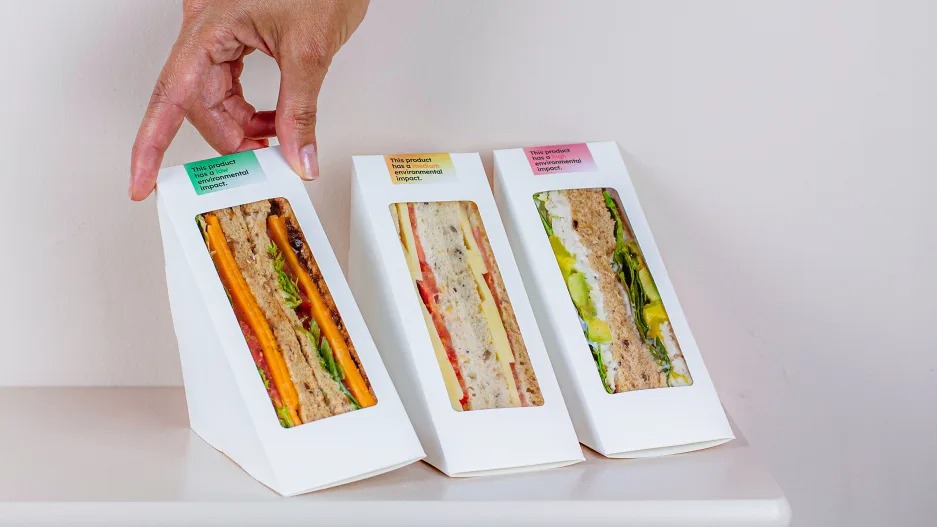
It’s lunchtime. You’re standing in your favorite cafe, salivating in front of a row of prepackaged triangle sandwiches. You reach for the roast beef, because you love roast beef, but suddenly you notice a red label taped over the packaging. It reads “this product has a high environmental impact.” You frown—you really love roast beef—but right next to it, you notice another sandwich with a yellow label, and then another sandwich with a green label that reads “low environmental impact.
Which do you choose?
A similar scenario (minus, perhaps, the obsession with roast beef) played out over the course of a week last October, when the University of Bristol’s School of Experimental Psychology ran a study in four cafes across its campus. Only 11 students participated and filled out a survey afterwards, but more than half of them reported that the labels had a “positive impact” on their decision-making.
The color-coded labels were designed by London design agency Special Projects, which has built an impressive track record of thoughtful UI projects like Moving Buttons—a post-COVID grocery store touchscreen that moves the buttons after every customer so that no two people touch the same spot; or the SloMo app, which helps people with psychosis “slow” their thoughts.
Following the study, the team has now launched a project called Eco Lenses, which amounts to five digital solutions that could help people make more sustainable food choices. Think an app that lets you scan a restaurant menu and rearranges the dishes from most to least sustainable; or a food delivery app feature that displays a sustainability score for your chosen meal. All solutions are conceptual for now, but the technology required to develop these apps very much exists. Plus, the project is a masterclass in behavioral design.
The food sector is responsible for 30% of global greenhouse gas emissions, but not all foods are equal in their carbon footprint. Some ingredients—like beef, cheese, coffee, and yes, avocados—have higher CO2 emissions than others, meaning that a diet change could lower our carbon footprint.
For the triangle sandwiches, Special Projects collaborated with a team research associates and Marcus Munafo, a professor of biological psychology at the University of Bristol, to develop a “traffic light” color system that is universally understood across countries and cultures. They then retrofitted the existing packaging of three of the most popular sandwiches at the cafes, following research-based criteria like water usage, biodiversity loss, and greenhouse gas emissions to determine which color to associate with each sandwich. No intimidating warning symbols, no sustainability jargon, no outwardly guilt-inducing messaging. Just plain, clear, color-coded information.
At the end of the study, the team arrived at an important conclusion: If you give people an easy and convenient alternative, they are more likely to choose the more sustainable option. “We’re saying ‘this is bad, but look, two centimeters to your right, there is a better alternative,’” says Special Projects’ cofounder and creative director Clara Gaggero Westaway, in reference to the three types of sandwiches sitting on the same shelf.
It’s worth noting that while the percentage of students who said they changed their mind was promising to the designers, there are many factors at play that could lead to an even higher number. For example, if only “red” options were left by the end of the lunch rush, that could have affected the overall result. The University if Bristol is planning to run a second study in the spring. In the meantime, Special Projects is continuing to explore other applications that might inform how people choose what to eat.
Many of the solutions the team has come up with require an app or a smartphone. If you’re at Prêt à Manger, for example, you could take out your phone, snap a photo of the board menu on the wall, and watch the sustainable options light up on your screen while the others remain grayed out. If you’re buying groceries online and searching for ingredients to make a Spaghetti alla Carbonara, an AI-enhanced feature could suggest a more sustainable (and similarly priced) recipe and propose ingredients to make vegan lemon spaghetti instead. As Special Projects founder (and Clara’s husband) Adrian Westaway points out, these features could be combined into one overarching app, spread across individual apps, or in an ideal world, integrated in your phone’s operating system.
The reliance on technology isn’t a silver bullet and will have to be combined with a physical alternative for those who either don’t care enough to pull out a smartphone, or those who simply don’t have one. But as Clara explains, the potential for impact is wider if you give consumers the option to download an app that can analyze every restaurant menu, than if you have to convince every single restaurant to redesign their menu.
Plus, the act of pulling out our phones while shopping is already a familiar user experience thanks to apps like Yuka or Vivino, both of which let you scan a product like the barcode on a dry shampoo or the label of a wine bottle, and help you make a more informed purchase. “Most of us have devices in our pocket, and we use them to check people out on Instagram,” says Clara. “What if we can put this technology to good use?”











